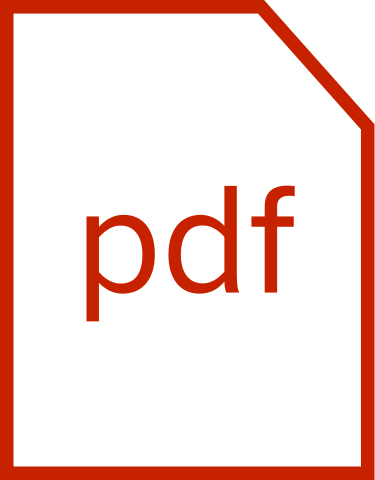What are the Prospects for Humanity? Could be Great, Provided the Main Global Challenges Are Addressed, Shows the "2013-14 State of the Future" by The Millennium Project
(PRWEB) March 18, 2014 -- The “2013-14 State of the Future” shows that the world is improving better than most pessimists know and that future dangers are worse than most optimists indicate. People around the world are becoming healthier, wealthier, better educated, more peaceful, increasingly connected, and living longer. Child mortality rate has dropped 47% since 1990, extreme poverty in the developing world fell from 50% in 1981 to 21% in 2010, primary school completion rates grew from 81% in 1990 to 91% in 2011, only one transborder war occurred in 2013, nearly 40% of humanity is connected via the Internet, and life expectancy has increased 10 years over the past 20 years to reach 70.5 years today.
However, water tables are falling on all continents, intrastate conflicts and refugees are increasing, glaciers are melting, income gaps are increasingly obscene, coral reefs are dying, ocean acidity is increasing, ocean dead zones have doubled every decade since the 1960s, half the world's topsoil is destroyed, youth unemployment has reached dangerous proportions, traffic jams and air pollution are strangling cities, $1-1.6 billion is paid in bribes, organized crime gets twice the money per year than all the military budgets combined, and half the world is potentially unstable.
“The ‘State of the Future’ is an unparalleled overview of what is, what ought to be, and how to achieve it,” says Jerome Glenn, CEO of The Millennium Project. “The 2013-14 edition is the richest array and synthesis of data, information, and intelligent insights that The Millennium Project has ever assembled. Paul Werbos of the National Science Foundation called it “The most influential annual report on what we know about the future of humanity.” It integrates and distills the rapidly changing global situation in technology, environment, social unrest, development gaps, security, energy, food, organized crime, gender relations, governance, health, education, and more.
The Executive Summary of the “2013-14 State of the Future” gives a clear and precise overview of our situation, prospects, and suggestions for building a better future, plus an annual World Report Card of where we are winning and losing, and the 2013 State of the Future Index. Chapter 1 updates and improves insights about 15 Global Challenges that provide a framework for understanding global change with infographics for each challenge. Other chapters share international assessments of the causes of and solutions to the increasing problems of hidden hunger, vulnerable natural infrastructure in urban coastal zones, and “lone wolf” terrorism and individuals making and deploying weapons of mass destruction. A concluding chapter on the Global Futures Intelligence System shares some thoughts on potential strategies to improve humanity’s future prospects. Examples of recommendations include:
• US-China 10-year environmental goal to reduce climate change and improve trust
• Growing meat without growing animals to reduce water demand and GHGs
• Seawater agriculture for biofuels, carbon sink, and growing food without rain
• Global collective intelligence systems input for humanity’s long-range strategic plans
• Tele-nations connecting brains overseas to the development process back home
• TransInstitutions for more effective implementation of strategies
• A global counter-organized-crime strategy
• State of the Future Index as a better alternative to GDP for measuring progress
The Woodrow Wilson International Center for Scholars will webcast the launch of the “2013-14 State of the Future” on March 20, 2014 from 12:00 noon to 1:30 pm EST.
The Millennium Project is a global participatory think tank connecting 50 Nodes around the world that identify important long-range challenges and strategies, and initiate and conduct foresight studies, workshops, symposiums, and advanced training. Over 4,500 futurists, scholars, business planners, and policy makers who work for international organizations, governments, corporations, NGOs, and universities have participated in The Millennium Project’s research since its inception in 1996. The Project’s mission is to improve thinking about the future and make that thinking available through a variety of media for feedback to accumulate wisdom about the future for better decisions today. It produces the annual "State of the Future" reports, the "Futures Research Methodology" series, the Global Futures Intelligence System (GFIS), and special studies. The Millennium Project was selected among the top ten think tanks in the world for new ideas and paradigms by the 2013 University of Pennsylvania’s GoTo Think Tank Index, and as a 2012 Computerworld Honors Laureate for its contributions to collective intelligence systems.
Jerome Glenn, The Millenium Project, http://millennium-project.org, +1 (202) 686-5179, [email protected]

Share this article